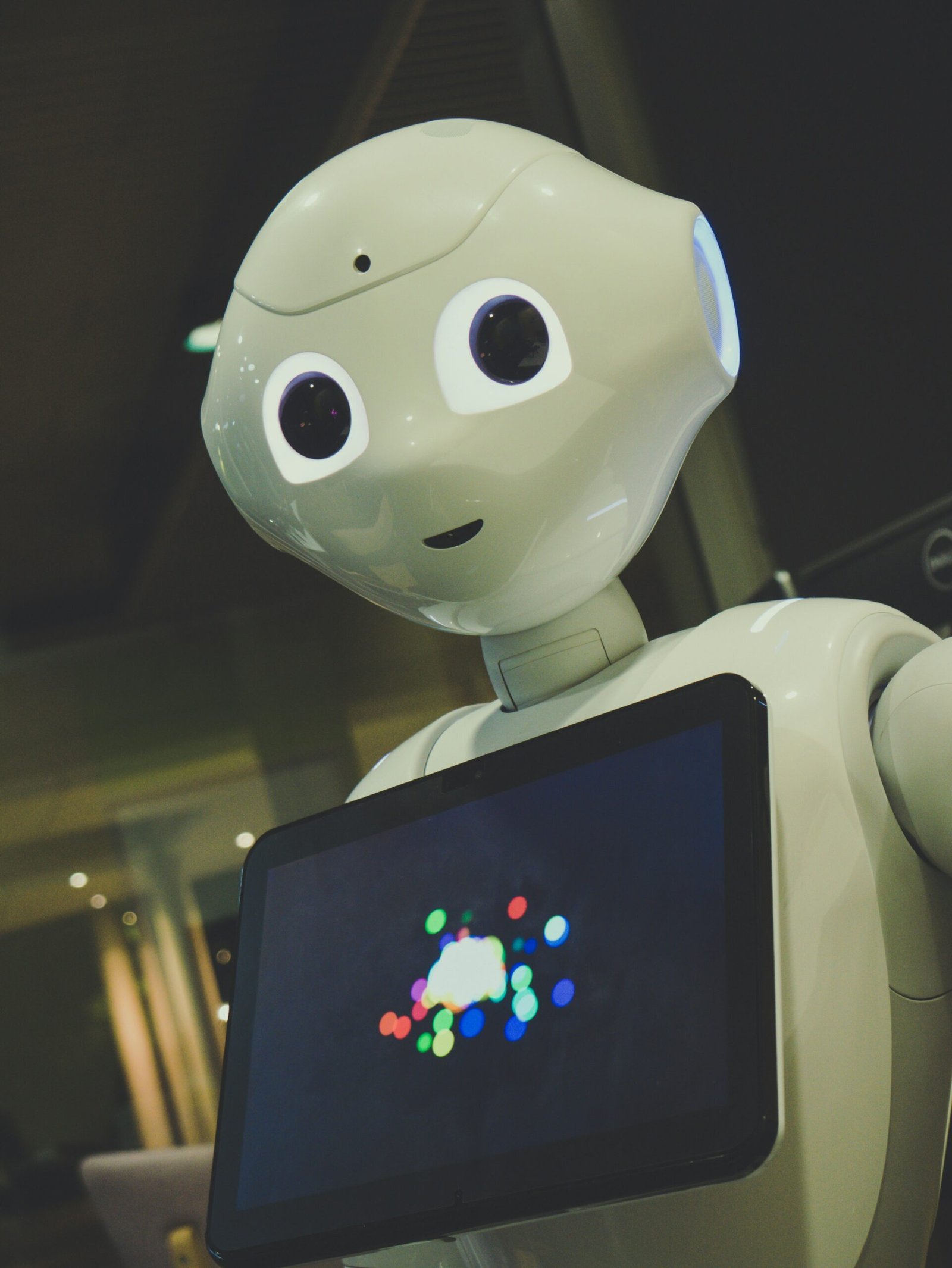In today’s digital age, technology is advancing at an unprecedented rate. One of the most exciting developments in recent years has been the integration of artificial intelligence (AI) into user interface (UI) and user experience (UX) design. This intersection of AI and UI/UX design has the potential to revolutionize the way we interact with technology, making it more intuitive, personalized, and efficient.
The Role of AI in UI/UX Design
AI refers to the simulation of human intelligence in machines that are programmed to think and learn like humans. When it comes to UI/UX design, AI can play a crucial role in enhancing the overall user experience by providing intelligent and personalized interactions.
One of the key areas where AI can make a significant impact is in the field of user research. Traditional user research methods often rely on surveys, interviews, and focus groups. While these methods can provide valuable insights, they can also be time-consuming and limited in scope. AI-powered tools, on the other hand, can analyze large amounts of data in real-time, allowing designers to gather more accurate and comprehensive user feedback.
AI can also assist in the design process itself. Designers can use AI algorithms to generate design variations, helping them explore different possibilities and make more informed decisions. AI can analyze user behavior and preferences, allowing designers to create personalized experiences that cater to individual users’ needs and preferences.
The Benefits of AI in UI/UX Design
The integration of AI into UI/UX design offers numerous benefits for both designers and users.
For designers, AI can streamline the design process by automating repetitive tasks and providing data-driven insights. This allows designers to focus on more creative and strategic aspects of the design process. AI can also help designers identify patterns and trends in user behavior, enabling them to make data-informed design decisions.
For users, AI-powered interfaces can provide a more personalized and efficient experience. AI algorithms can analyze user data and adapt the interface to meet individual user needs, resulting in a more tailored and intuitive user experience. AI can also anticipate user needs and provide proactive suggestions, making interactions with technology more seamless and effortless.
Challenges and Ethical Considerations
While the integration of AI into UI/UX design holds great promise, it also presents several challenges and ethical considerations.
One of the main challenges is ensuring transparency and accountability in AI-driven design decisions. AI algorithms can be complex and opaque, making it difficult to understand how certain design choices are made. Designers need to be mindful of the potential biases and limitations of AI algorithms and ensure that the design process remains transparent and accountable.
Another ethical consideration is privacy. AI-powered interfaces rely on user data to provide personalized experiences. Designers must prioritize user privacy and ensure that user data is handled securely and responsibly. Clear consent and opt-out options should be provided to users, giving them control over their data.
The Future of AI in UI/UX Design
The integration of AI into UI/UX design is still in its early stages, but the potential for growth and innovation is immense. As AI technology continues to advance, we can expect to see more intelligent and intuitive interfaces that adapt to individual user needs and preferences.
AI-powered interfaces may also become more conversational, with natural language processing enabling seamless interactions between users and technology. Virtual assistants like Siri and Alexa are just the beginning, and we can anticipate more sophisticated and context-aware conversational interfaces in the future.
Furthermore, AI can enable designers to create interfaces that are accessible to all users, regardless of their abilities. By leveraging AI technology, designers can develop interfaces that adapt to users with disabilities, providing a more inclusive and equal user experience.
Conclusion
The integration of AI into UI/UX design has the potential to transform the way we interact with technology. By leveraging AI algorithms, designers can create interfaces that are intelligent, personalized, and efficient. However, it is crucial to address the challenges and ethical considerations associated with AI-driven design decisions to ensure transparency, accountability, and user privacy. As AI technology continues to evolve, we can look forward to a future where interfaces are not only aesthetically pleasing but also intelligent and user-centric.












Leave a Reply